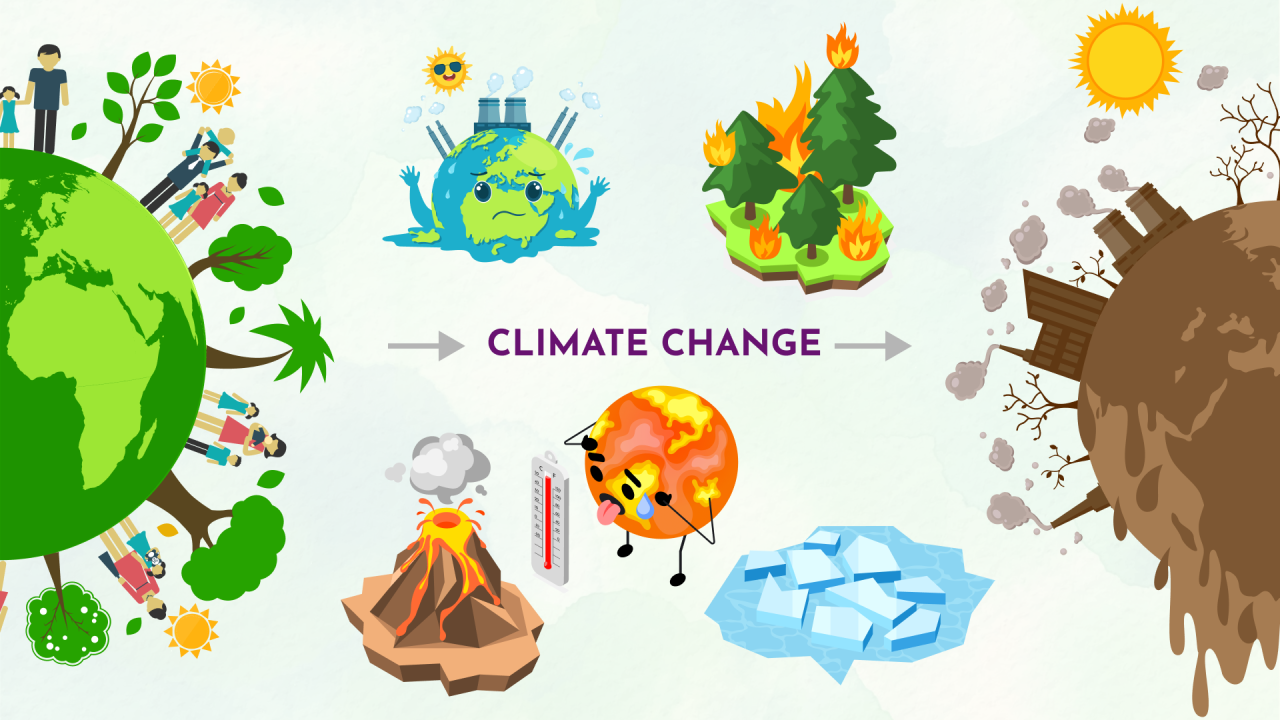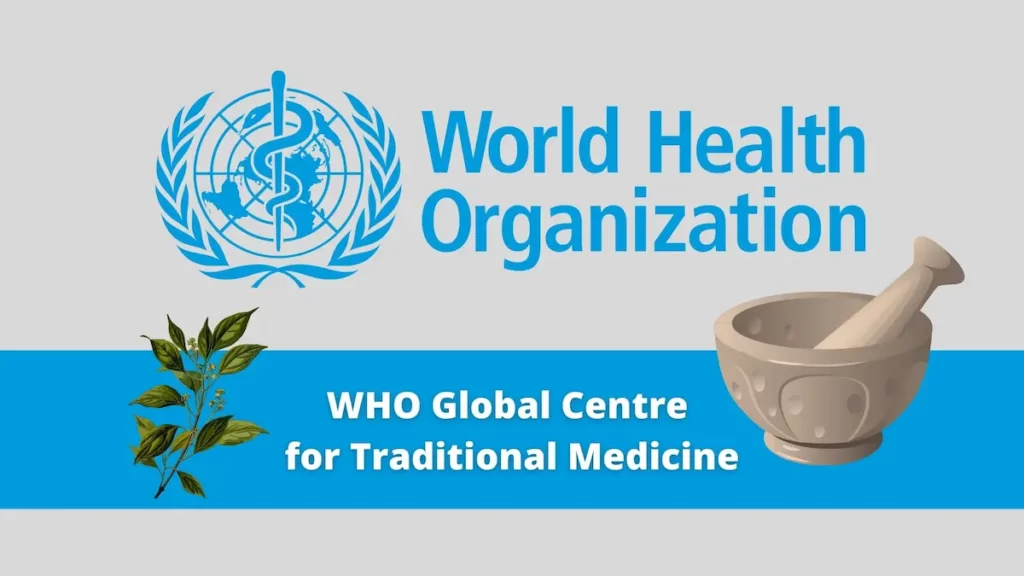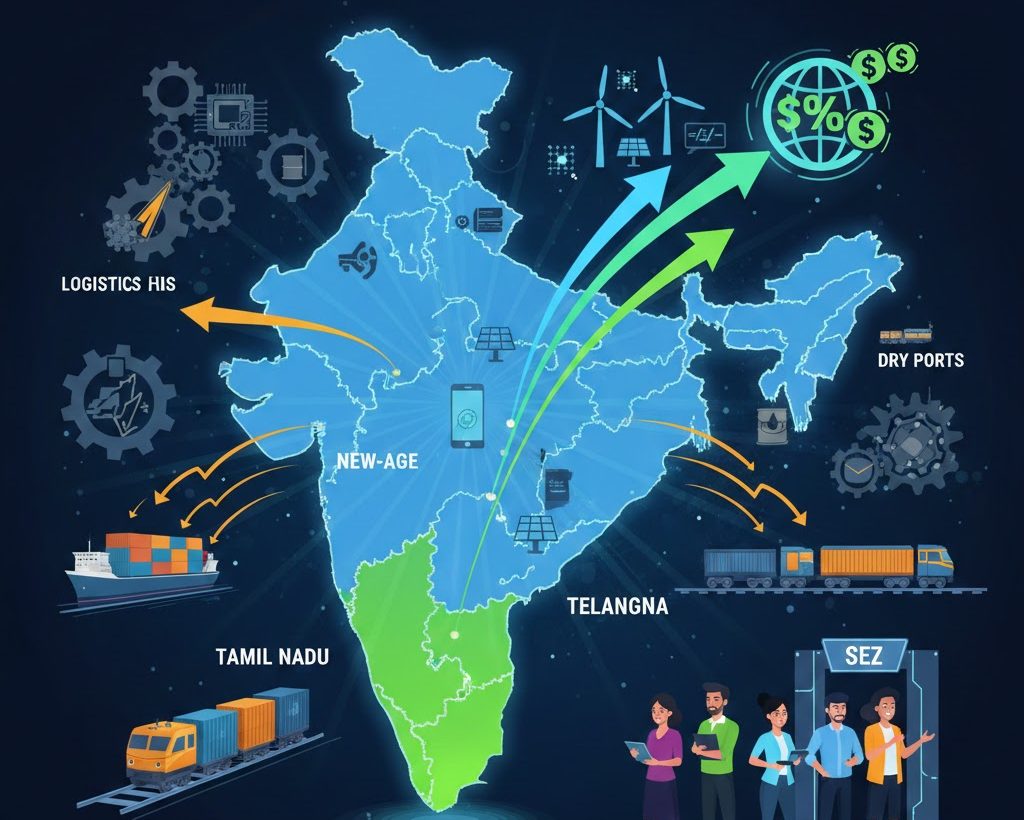India’s Fight Against Food Waste: Strategies, Challenges, and the Path Forward
This essay critically examines the article “Food That Doesn’t Feed” by Ashok Gulati and Raya Das, published in The Indian Express on September 30, 2024, arguing that while India’s food wastage reduction strategies present promising solutions by addressing post-harvest losses, cold chain infrastructure, and farm mechanisation, their success depends on overcoming financial, environmental, and cultural challenges through phased implementation and increased public awareness.
Food waste is a global issue, and India is among the countries most affected by it. While millions of people in India go hungry every day, a significant amount of food is lost at various stages—from farms to markets to dining tables. This not only leads to economic losses but also harms the environment and threatens food security. However, the country is making considerable efforts to tackle this problem by adopting both technological solutions and cultural changes. This essay examines India’s strategies to reduce food waste, highlight the challenges, and consider the future steps needed to address this issue comprehensively.
The Global Context and India’s Role
India’s fight against food waste is part of a larger global movement. The United Nations has set specific goals under the Sustainable Development Goals (SDGs), one of which is to end hunger (SDG 2). Reducing food loss and waste is a crucial part of achieving this goal. Countries like Brazil and China, which are also heavily reliant on agriculture, are working alongside India to find solutions. Every year, the International Day of Awareness of Food Loss and Waste reminds nations of the importance of addressing this issue.
Reducing food waste is essential not just for feeding hungry populations but also for protecting the environment. Globally, about 8-10% of greenhouse gas emissions come from food waste, and India’s efforts to cut down on wasted food can help it meet its climate goals under the Paris Agreement. This approach is crucial for reducing the country’s carbon footprint and conserving energy and water—both of which are vital resources for India’s sustainability.
India’s Food Waste Problem: A Closer Look
India loses around Rs 1.53 trillion worth of food annually due to various factors like poor storage, inefficient transportation, and delayed harvesting. Crops such as soybeans and wheat are particularly affected, with over 15% of soybeans and nearly 8% of wheat lost post-harvest. This significant food loss occurs at different stages—from farms, where food is harvested, to the markets, where it is distributed.
The Indian government and various organisations have recognised this problem and are working on solutions that address post-harvest losses, improve cold storage infrastructure, and introduce modern technology in farming. However, there are also major challenges to implementing these strategies, including financial, environmental, and social factors.
Technological Solutions to Reduce Food Waste
One of the key strategies to reduce food waste is focusing on post-harvest losses. After crops are harvested, a large amount of food is lost due to poor storage facilities, inefficient transportation, and outdated processing methods. By addressing these problems, India can save vast amounts of food and improve food security without needing to grow additional crops. This approach is efficient and environmentally friendly.
To solve the problem of food loss, India is working on improving its cold chain infrastructure. A cold chain refers to a system of refrigerated production, storage, and transportation that keeps perishable food items fresh for longer. In India, about 49.9 million metric tons of fruits, vegetables, and other perishable products are wasted every year due to inadequate cold storage facilities. By enhancing cold storage and transportation, India can reduce the wastage of these items, provide fresher and more nutritious food to consumers, and help farmers earn more by reducing spoilage. This also has the potential to stabilise food prices by allowing products to be stored and sold when demand is higher.
Another promising strategy is increasing mechanisation and adopting technological innovations in farming. For example, Farmer Producer Organisations (FPOs) and Custom Hiring Centres (CHCs) allow small and marginal farmers to rent modern equipment, such as combine harvesters, instead of buying them. This “Uberisation” of farm machinery makes it easier for farmers to access expensive technology. Mechanisation helps farmers harvest crops faster, preventing them from spoiling in the fields, and reduces the labour intensity of farming, allowing more food to be harvested in less time.
Solar dryers are another technological innovation that can help reduce food loss. These dryers allow farmers, especially small-scale ones, to dry crops quickly and efficiently using sustainable solar energy. This method helps preserve crops like fruits and vegetables, which would otherwise spoil due to the lack of refrigeration.
Cultural and Social Initiatives to Reduce Waste
While technology plays a crucial role, reducing food waste in India is also about changing habits and traditions. Social and cultural factors contribute significantly to food wastage, especially during weddings, festivals, and religious events. Large amounts of food are often prepared for these gatherings, and much of it goes uneaten.
In response, certain communities, such as the Dawoodi Bohra, have introduced innovative social programmes to tackle this issue. The Dana Committee, for instance, works to prevent food waste during community events. Moreover, the Dawoodi Bohra community uses creative incentives like keychains to promote clean plates during meals. By spreading awareness about these practices, other communities can follow suit, ensuring that food is not wasted during large celebrations.
India can build on such examples to create broader public awareness campaigns. These campaigns can educate people on the importance of reducing food waste not only at farms but also in households and during events. Reducing food waste in urban areas, where food is often thrown away, can make a big difference in the fight against hunger.
Policy Changes and Government Initiatives
The Indian government plays a crucial role in reducing food waste through updated policies and public-private partnerships. One area where policy changes could help is packaging. By updating laws around packaging, India can adopt better storage methods to prevent food from spoiling.
Building the necessary infrastructure, such as cold storage facilities and efficient transportation networks, also requires significant financial investment. Public-private partnerships (PPPs) offer an innovative way to share the financial burden and build infrastructure that can help reduce food waste on a large scale. For example, private companies may invest in cold storage facilities, benefiting from the increased demand for better food preservation methods. The government can also encourage a circular economy approach, where food waste is repurposed for uses such as animal feed or compost. This ensures that even if food is wasted, it still serves a purpose.
Challenges in Implementing Food Waste Reduction Strategies
Although the proposed strategies offer promising solutions, they also face significant challenges. One of the primary obstacles is financial. Building cold storage facilities, improving transportation, and expanding access to modern machinery require substantial investment. While these investments will save money in the long run by reducing food wastage, the upfront costs are high. Small and marginal farmers, who make up the majority of India’s farming population, may struggle to afford the fees for renting machinery or using cold storage services without financial support.
Besides, there are environmental concerns. For example, increased mechanisation can lead to higher fuel consumption, contributing to greenhouse gas emissions. Cold storage facilities also require significant electricity, which could strain resources in areas already facing energy shortages. It is crucial to conduct environmental impact assessments to ensure that these solutions do not cause more harm than good.
Social resistance to change also presents a challenge. Many farmers are accustomed to traditional methods of farming and may be hesitant to adopt new technologies. Educating farmers about the benefits of modern machinery and storage methods is essential for widespread adoption. Public awareness campaigns can play a key role in changing these attitudes, but they will take time and effort to implement.
The Path Forward: Recommendations and Future Directions
To overcome the challenges associated with reducing food waste, India needs to take a phased approach. Instead of attempting to implement all strategies at once, it would be better to start with high-impact areas and expand gradually. For example, regions that already have basic infrastructure in place could serve as pilot areas, allowing the government to test strategies and adapt them to local conditions.
Innovative financing methods, such as public-private partnerships and international collaborations, can help cover the high costs of building infrastructure. Low-interest loans or subsidies for farmers can also make it easier for them to access cold storage and machinery services.
Environmental assessments should be conducted before rolling out large-scale technological solutions to ensure that they are environmentally sustainable. For example, using renewable energy sources like solar power for cold storage can help minimise environmental impact.
Finally, India should establish a national monitoring system to track food waste and assess the effectiveness of these strategies. By using data-driven approaches, policymakers can make informed decisions about where to focus resources and how to improve food waste reduction efforts over time.
Conclusion
India’s efforts to reduce food waste are critical for its future food security, economic stability, and environmental sustainability. By focusing on post-harvest losses, improving cold chain infrastructure, and encouraging social and cultural changes, India can significantly reduce the amount of food wasted each year. Although there are challenges in terms of financing, environmental impact, and social resistance, the country is making progress by implementing phased strategies, adopting innovative technologies, and promoting awareness campaigns. If these efforts are carefully implemented and expanded, India can play a key role in the global fight against food waste, creating a more efficient and sustainable food system for future generations.


